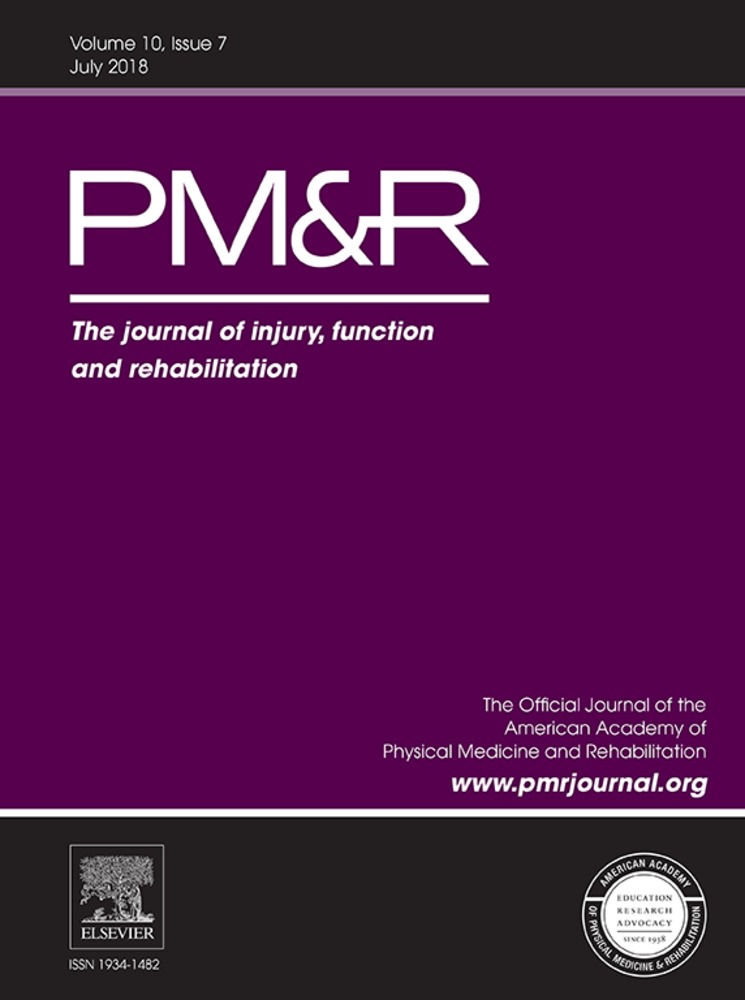OnabotulinumtoxinA for the Treatment of Poststroke Distal Lower Limb Spasticity: A Randomized Trial
Abstract
Background
Poststroke distal lower limb spasticity impairs mobility, limiting activities of daily living and requiring additional caregiver time.
Objective
To evaluate the efficacy, safety, and sustained benefit of onabotulinumtoxinA in adults with poststroke lower limb spasticity (PSLLS).
Design
A multicenter, randomized, double-blind, phase 3, placebo-controlled trial (NCT01575054).
Setting
Sixty study centers across North America, Europe, Russia, the United Kingdom, and South Korea.
Patients
Adult patients (18-65 years of age) with PSLLS (Modified Ashworth Scale [MAS] ≥3) of the ankle plantar flexors and the most recent stroke ≥3 months before study enrollment.
Interventions
During the open-label phase, patients received ≤3 onabotulinumtoxinA treatments (≤400 U) or placebo at approximately 12-week intervals. Treatments were into the ankle plantar flexors (onabotulinumtoxinA 300 U into ankle plantar flexors; ≤100 U, optional lower limb muscles).
Main Outcome Measurements
The double-blind primary endpoint was MAS change from baseline (average score at weeks 4 and 6). Secondary measures included physician-assessed Clinical Global Impression of Change (CGI), MAS change from baseline in optional muscles, Goal Attainment Scale (GAS), and pain scale.
Results
Of 468 patients enrolled, 450 (96%) completed the double-blind phase and 413 (88%) completed the study. Small improvements in MAS observed with onabotulinumtoxinA during the double-blind phase (onabotulinumtoxinA, –0.8; placebo, –0.6, P = .01) were further enhanced with additional treatments through week 6 of the third open-label treatment cycle (onabotulinumtoxinA/onabotulinumtoxinA, –1.2; placebo/onabotulinumtoxinA, –1.4). Small improvements in CGI observed during the double-blind phase (onabotulinumtoxinA, 0.9; placebo, 0.7, P = .01) were also further enhanced through week 6 of the third open-label treatment cycle (onabotulinumtoxinA/onabotulinumtoxinA, 1.6; placebo/onabotulinumtoxinA, 1.6). Physician- and patient-assessed GAS scores improved with each subsequent treatment. No new safety signals emerged.
Conclusions
OnabotulinumtoxinA significantly improved ankle MAS, CGI, and GAS scores compared with placebo; improvements were consistent and increased with repeated treatments of onabotulinumtoxinA over 1 year in patients with PSLLS.
Level of Evidence
I




